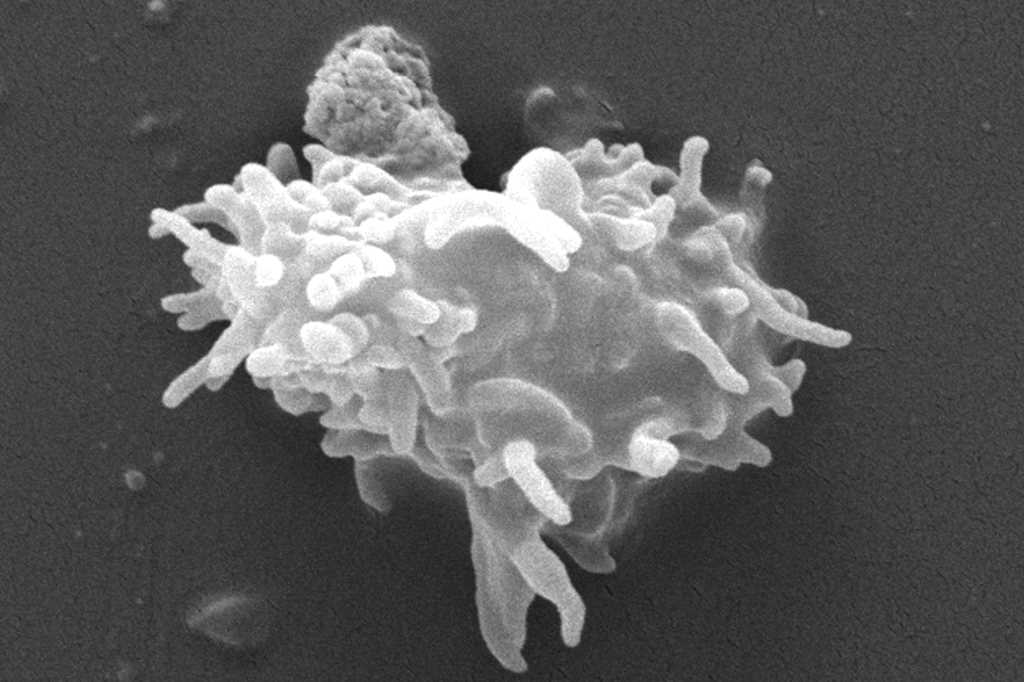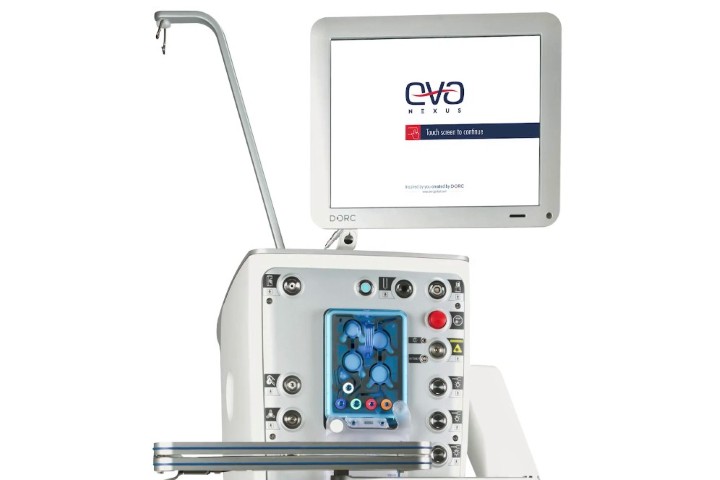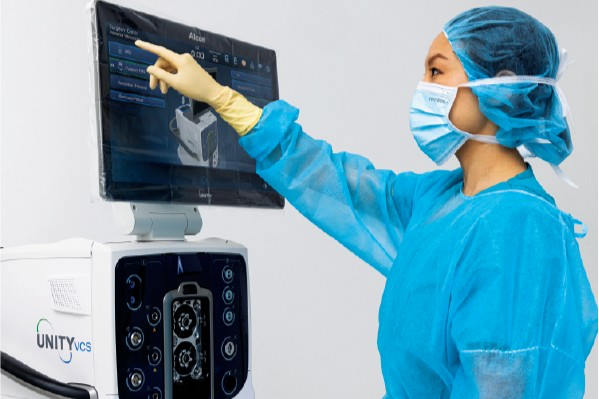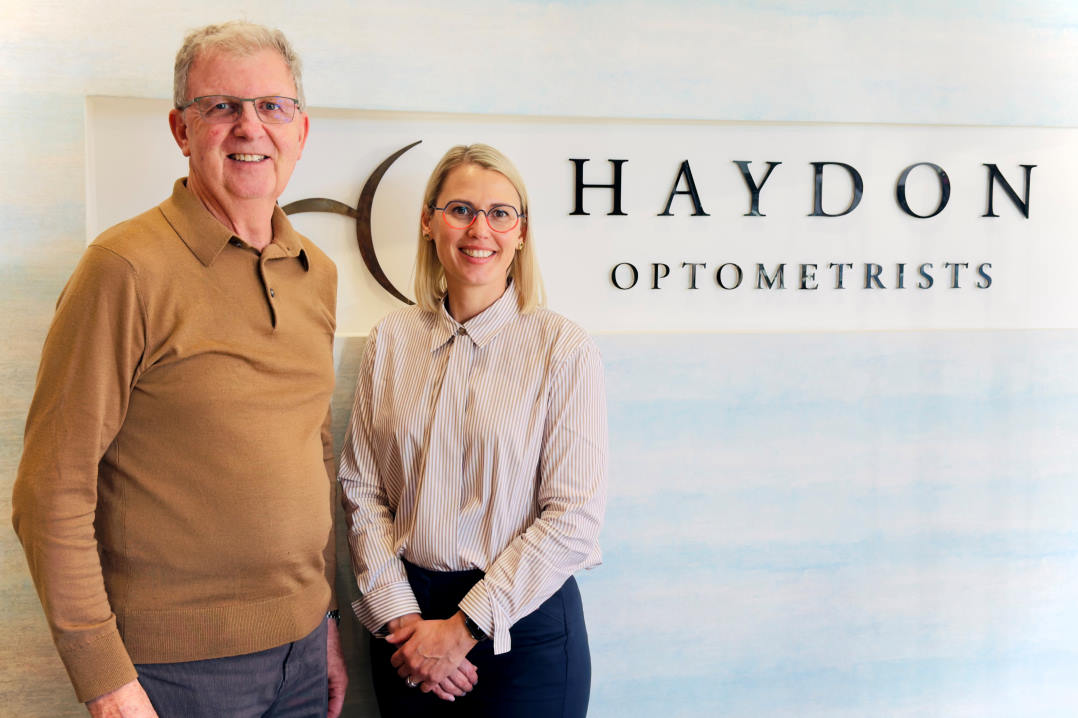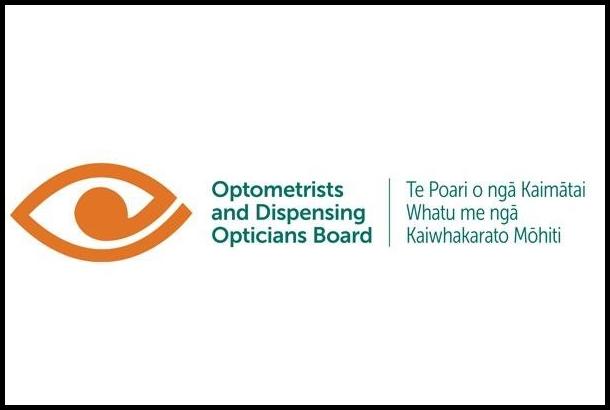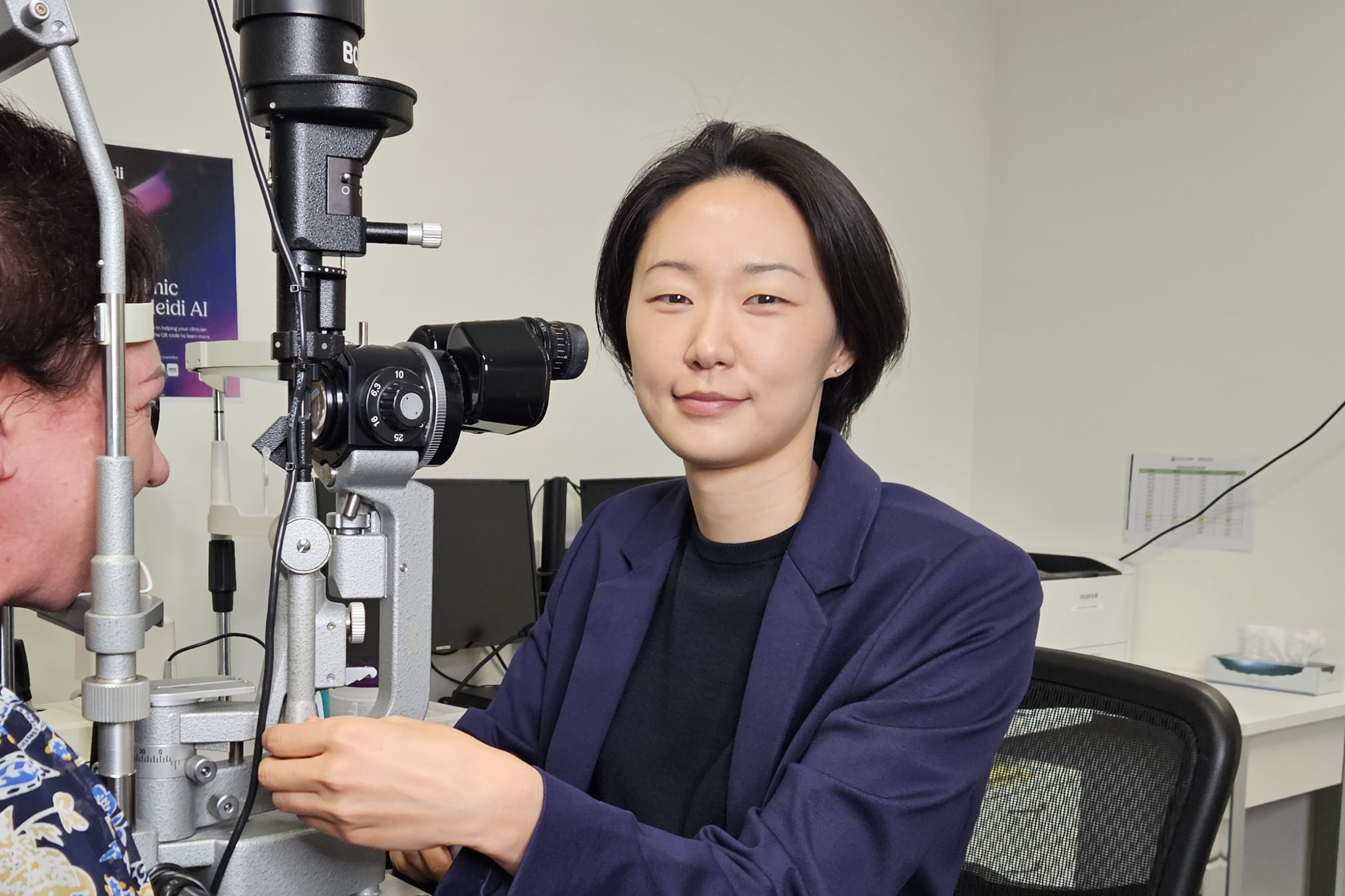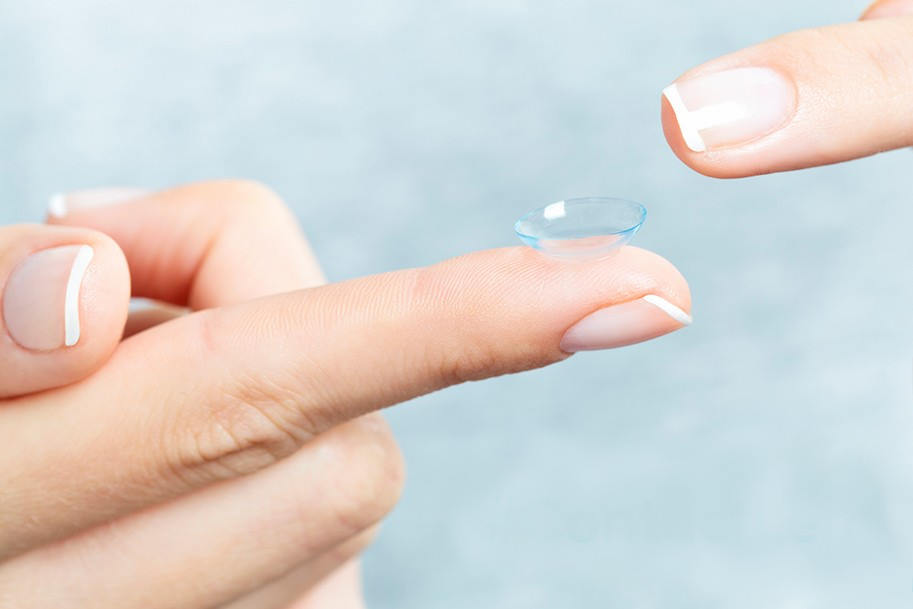Acanthamoeba vs CL disinfection
ONLINE ONLY HOTLINKS: https://www.nzoptics.co.nz/articles/archive/conquering-the-diagnostic-dilemma-of-acanthamoeba-keratitis/
An in-house study by Alcon has shown some strains of Acanthamoeba could not only survive disinfection with polyhexanide (PHMB)-based contact lens care solution (CLC) but also recovered their motility.
Writing in Microorganisms, the Alcon researchers said some amoebae cease movement during disinfection but then go on to be both alive and mobile once they have recovered. “Considering that this recovery media contains only supportive nutrients and no edible bacteria to sustain recovery, this is a jarring finding.” Acanthamoeba survival and subsequent motility rates were compared following six hours’ exposure to the following CLC biocides:
- PHMB (0.0001%), used in CooperVision’s Lite
- Polyquad (0.0003%)/Alexidine (0.00016%) (PQ/AD), used in Johnson & Johnson’s Acuvue and RevitaLens
- Polyquad (0.001%)/Aldox (0.0005%) (PQ/MD), used in Alcon’s Opti-Free and Puremoist
- PAPB (0.00013%)/Polyquad (0.0001%), used in Bausch + Lomb’s Biotrue
Researchers said their findings are a strong indication that PHMB alone (at a concentration of 0.0001%) does not demonstrate a high enough disinfection efficacy to be safe against Acanthamoeba trophozoites. “Higher concentrations of biocides (as found in PQ/MD and PQ/AD) appear to be more efficacious at halting motility than those with lower concentrations of biocides.” The team also tested reused solutions, which they said were ineffective as disinfection agents.
A 2021 paper by Bradley et al noted that hydrogen peroxide or povidone-iodine solutions are useful for patients who may expose their lenses to water, since these are effective against all common ocular microbes, including Acanthamoeba, and have been proven safe with proper compliance.









